Understanding the science behind therapeutic transformation
Ketamine is gaining attention as a groundbreaking mental health tool, especially for individuals who haven’t found relief through traditional therapies. Ketamine is currently used in clinical settings to treat depression, PTSD, anxiety, and more. But what makes it different from other medications? To answer that, we have to look at what ketamine does in the brain and how it creates the conditions for change.
Ketamine and the brain’s communication system
Most traditional antidepressants work by increasing levels of serotonin, dopamine, or norepinephrine over time. Ketamine operates differently. It primarily affects a neurotransmitter called glutamate, which plays a major role in brain plasticity, your brain’s ability to adapt, rewire, and form new connections. When administered in controlled therapeutic settings, ketamine appears to increase glutamate activity in a way that supports rapid neural growth and synaptic repair.
This activity is especially meaningful for individuals whose mental health struggles are rooted in long-standing neural patterns. In conditions like chronic depression or trauma, certain thought loops and emotional responses become deeply embedded. Ketamine disrupts these loops and gives the brain an opportunity to develop healthier pathways. It’s not about numbing emotion. It’s about creating the space for new responses to form.
What makes ketamine unique among therapies
One of ketamine’s most important qualities is its ability to work quickly. In some cases, individuals report a noticeable shift in mood, clarity, or relief from symptoms within hours or days of treatment. While this is not guaranteed for everyone, it is significantly faster than traditional antidepressants, which often take weeks to build up in the system.
Therapeutically, this speed matters because it gives clients a window of opportunity. In that window, when the brain is more flexible and responsive, therapy can become even more effective. When paired with intention-setting, music, and follow-up integration work, clients often find that their insight deepens and their emotional patterns begin to shift in meaningful ways.
The mechanics of healing, simplified
Here’s a simple breakdown of what ketamine is believed to do in the brain:
- Activates the glutamate system, rather than the serotonin system
- Increases brain-derived neurotrophic factor (BDNF), which supports neural growth
- Disrupts overactive default mode networks, often associated with rumination
- Encourages new connections between neurons, supporting change
- Creates temporary states where rigid thought patterns can soften or dissolve
Why understanding this matters
You don’t need a neuroscience degree to appreciate how ketamine works. What matters most is understanding that this medicine doesn’t just manage symptoms. It can create the conditions for long-term change when combined with therapeutic support. At Born Counseling, we use ketamine not as a stand-alone solution but as a tool that amplifies the work clients are already doing in therapy. When used with care, intention, and professional guidance, ketamine-assisted therapy offers a chance to reset how the brain functions, reconnect with purpose, and move forward with clarity.
We believe healing is not just about relief, but about transformation. Ketamine can be part of that journey.


